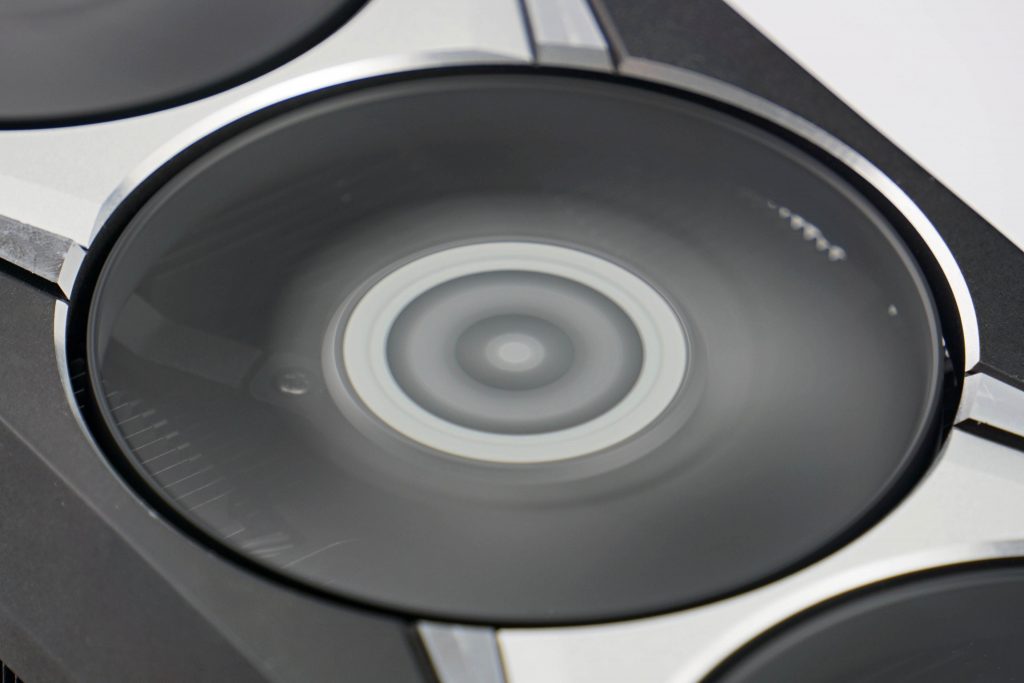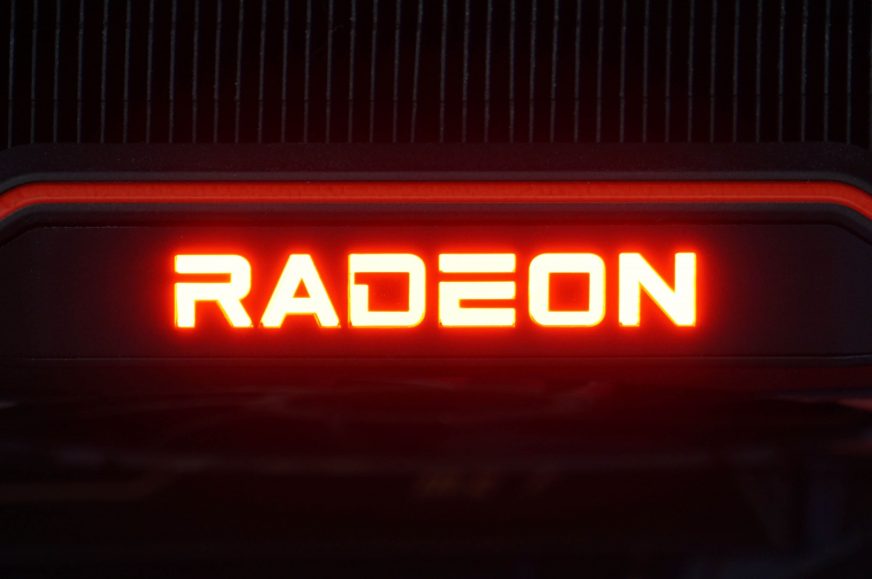Conclusion
We still have the Smart Access Memory turned off in the standard graphics card methodology (until there is support for GeForce as well). However, for AMD owners, SAM can be very beneficial, but on average you get a plus 5%. But also lower noise, which decreases remarkably. But in some areas AMD’s exclusive technology is also damaging. So be vigilant and broaden your horizons in a test in which we gave Radeon a hard time.
Conclusion
In the vast majority of games, active SAM means a performance increase. We measured the highest in undemanding games such as Age of Empires II: Definite Edition (+44% in 1080p), where the game finally reaches significantly higher fps even compared to the RTX 3080. With Smart Access Memory, Radeon catches up to GeForce also in CS:GO, where it otherwise has a large performance shortage. From the point of view of more demanding and demanding games, the RX 6800 XT benefits from SAM also in Forza Horizon 4 (+6–15%), Assassin’s Creed Valhalla (+9–17%) or in Borderlands 3 (+4–10%). There is also a significant increase in performance in Cyberpunk 2077, which is unlike previous games that are said to be better optimized for GeForce. SAM, however, under certain circumstances (with FidelityFX CAS) boosts the RX 6800 XT really well. The game runs 10–18% faster.
Then there are games where the boost fits up to 5%, which is also the value of the average increase in performance across all games in all resolutions. These typically include Battlefield V, F1 2020, Mafia: DE, Shadow of the Tomb Raider, Total War Saga: Troy, Wasteland 3 or Red Dead Redempion 2 with Vulkan API. With DirectX 12 no improvement in average fps can be observed, but active SAM decreases minimal fps with more significant drops. This also brings us to the shady side. Somewhere the improvement is relevant, elsewhere none (like in Metro Exodus or in DOOM Eternal) and there are occasionally titles where, on the contrary, there are decreases in performance. These include, for example Control (-2–6 %) and Microsoft Flight Simulator. Although only partially, and overall SAM behaves strangely in this game. While in QHD (1440p) it consumes 5%, in UHD (2160p) it adds up to 24%. And that’s a nice portion considering that we’re talking about differences of 24 and 30 fps.

You already know that for some games, SAM is worth it more and for others less. As performance increases, so does consumption, which is a matter of course. More interestingly, however, at the same power draw, lower noise is achieved with SAM, despite higher GPU temperature, which scales directly with higher power consumption. The fan control thus obviously responds not only to the temperatures of the graphics core, but probably also to the temperatures of the memory (or VRM), which is likely less heated. Unfortunately, we do not know much about the temperature used by GDDR6 for the absence of thermal sensors, but it is certainly not cold. In any case, even where SAM does not have such an impact on gaming performance, the noise of the graphics card is clearly reduced. It’s easy to see in F1 2020 and Shadow of the Tomb Raider.
We noticed a noise increase only in the undemanding game CS:GO, where, however, the percentage increase in performance was many times higher (and thus, the consumption of the graphics card was also higher) than in the above-mentioned titles. Well, it looks like we’re going to be including this in the pros as part of standard Radeon tests. So hopefully Nvidia will add PCIe Resizable BAR support soon, it was already anounced.
Thank you to Spacebar for providing us with games for our tests
- Contents
- Methodology: performance tests
- Methodology: how we measure power draw
- Methodology: noise and sound measurement
- Methodology: heat tests
- Test rig
- 3DMark
- Age of Empires II: DE
- Assassin’s Creed: Valhalla
- Battlefield V
- Battlefield V with DXR
- Borderlands 3
- Control
- Control with DXR and DLSS
- Counter Strike: GO
- Cyberpunk 2077
- Cyberpunk 2077 with FidelityFX CAS
- DOOM Eternal
- F1 2020
- FIFA 21
- Forza Horizon 4
- Mafia: DE
- Metro Exodus
- Metro Exodus with DXR
- Microsoft Flight Simulator
- Red Dead Redemption 2 (Vulkan)
- Red Dead Redemption 2 (Dx12)
- Shadow of the Tomb Raider
- Shadow of the Tomb Raider s DXR
- Total War Saga: Troy
- Wasteland 3
- Overall gaming performance and performance per euro
- GPU clock speed
- Heating of the GPU and VRAM
- Net graphics power draw and performance per watt
- Analysis of 12 V sub-circuit power supply
- Analysis of 3.3 V sub-circuit power supply
- Noise level
- Frequency response of sound
- Conclusion









